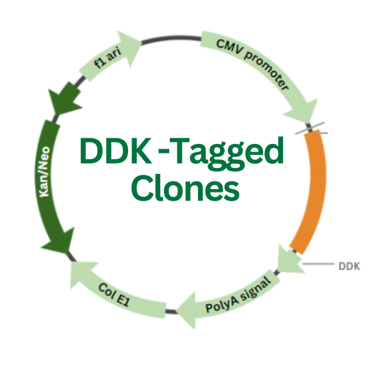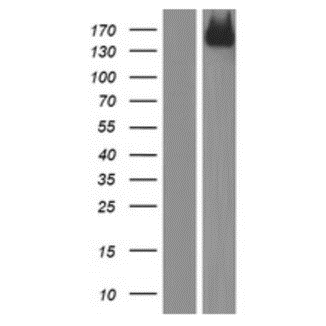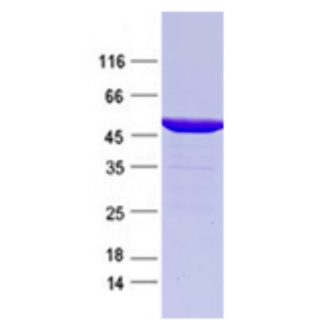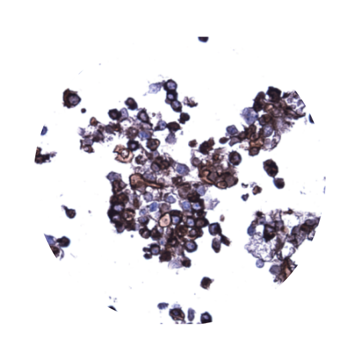All round champion for DDK detection

How to select from our DDK antibodies?
| SKU | Clone ID | Host | WB | FC | IP | IF | ICC/IHC | N-term DDK tag | C-term tag | Sensitivity |
|---|---|---|---|---|---|---|---|---|---|---|
| OTI4C5 | Mouse | - | - | No | Yes | ++ | ||||
| OTI11C3 | Mouse | - | - | - | No | Yes | ++ | |||
| OTIR5G2 | Rabbit | Yes | Yes | +++ |
Note: We recommend TA592569 over TA50011-100.
Why is DDK important for OriGene?

Anti-DDK: One antibody to detect them all
What is DDK Tag?
The DDK tag also known as the DYKDDDDK tag or Flag®-tag, is a polypeptide protein tag which consists of the amino acid sequence "Asp-Tyr-Lys-Asp-Asp-Asp-Asp-Lys" (DYKDDDDK). It is hydrophilic in nature compared to other tags and does not denature or inactivate the proteins. It can be detected with many commercially available antibodies, the DDK sequence can be added to protein sequence to detect a protein which does not have antibodies against it. The total size of the DDK tag is 1012.9 kDa (~1KDa). It is small and can be added to the N-terminus or the C-terminus of a protein. The small size and high hydrophilicity decrease the tendency of the tag to interfere with the protein and DDK tag can be used for a variety of applications, including protein purification, protein expression, and protein localization studies. Flag is a registered trademark of Sigma-Aldrich
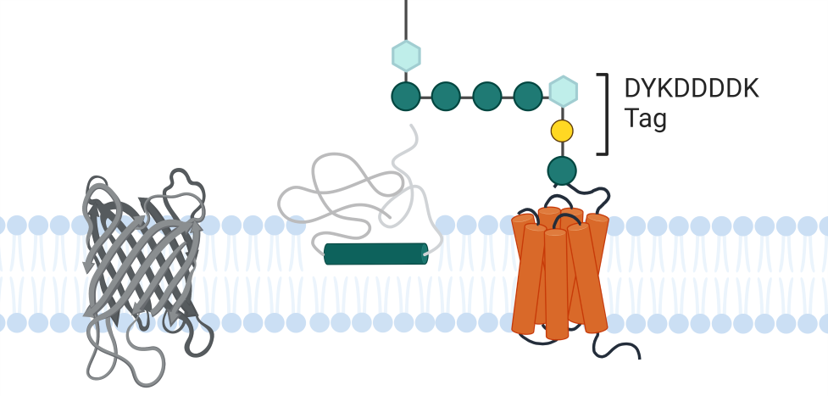
Fig 1. A membrane protein tagged with DDK tag
Validation Data for our DDK Antibody
CytoSections validation using our TA592569
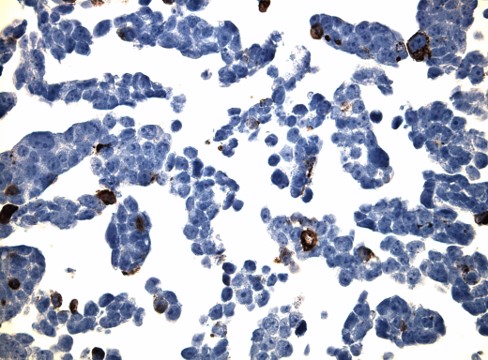
Immunohistology staining on CLDN20 overexpressed cytosection with rabbit anti DDK clone OTIR5G2 C/N at 1:2000 dilution 20m RT.

Immunohistology staining on AMIGO3 overexpressed cytosection with rabbit anti DDK clone OTIR5G2 C/N at 1:2000 dilution 20m RT.
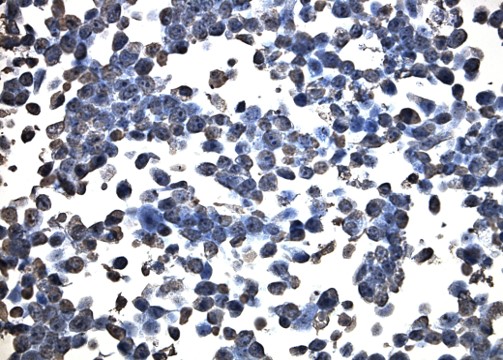
Immunohistology staining on CACNA2D1 overexpressed cytosection with rabbit anti DDK clone OTIR5G2 C/N at 1:2000 dilution 20m RT.
IF validation data for TA592569
PS100001 control
Isotype control (2.5ug/ml)

RC213318-Intracellular protein

RC219082-Nucleoprotein
RC221132-Membrane/secreted pro

TA592569 (2.5ug/ml)




Flow-cytometry validation data for TA592569
RC222697

RC221132
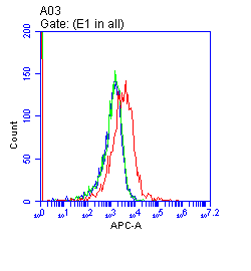
RC210768

PBS blank
Isotype control(10ug/ml)
DDK antibody(10ug/ml)

